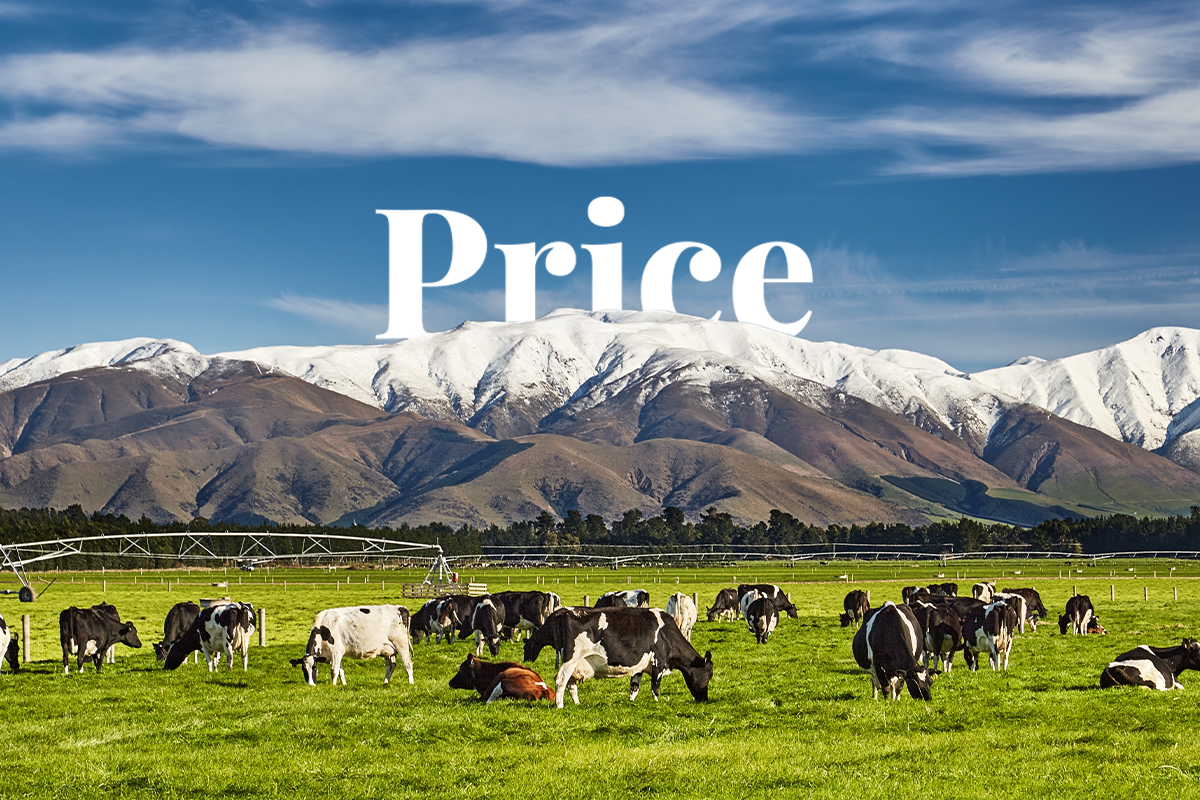New Zealand has one of the highest amounts of greenhouse gas (GHG) emissions coming from agriculture, accounting for over half of its emissions. Mainly these originate from methane (CH4) and nitrous oxides (N2O) produced by livestock and animal waste. However, this sector is not included in the country's national Emissions Trading Scheme (NZ ETS).

To address this, the government set ambitious long-term targets to reduce methane emissions and reach net zero for nitrous oxides and carbon dioxide emissions by 2050. The country aims to reduce gross biogenic methane emissions by 10% (below 2017 levels) by 2030 and 24–47% by 2050.
To achieve these targets, New Zealand will introduce a pricing system for agricultural emissions in 2025, becoming the first country to do so. The Primary Sector Climate Action Partnership, He Waka Eke Noa (We are in this together), brings together industry leaders, farming organisations, and government representatives to develop practical solutions to reduce agricultural emissions. It will also ensure the country's agricultural products remain competitive on the international market.

New Zealand's first emissions reduction plan for 2022 to 2025 focuses on five areas: pricing agricultural emissions, accelerating new mitigation technologies, supporting producers to make changes, promoting sustainable farming systems, and enabling Māori-led solutions. An independent Climate Change Commission monitors progress and reports annually on achievements towards reaching the 2050 target.
One of the key initiatives of the He Waka Eke Noa partnership is the Know Your Numbers programme, which helps farmers measure their on-farm emissions and prepare for emissions pricing. As of 2022, nearly a quarter of farms had a written plan to measure and manage their emissions. However, there are significant variations between sectors, with dairy farms generally performing better at measuring emissions than farms engaged in horticulture.
New Zealand's experience shows the importance of multi-stakeholder dialogue and capacity building at the farm level to develop practical solutions to reducing emissions. Effective dialogue between stakeholders and nationwide consultation with farmers and growers have been vital in developing and implementing the country's emissions reduction plan.
Overall, New Zealand's approach to reducing agricultural emissions offers valuable lessons for other countries that aim to reduce GHG emissions from agriculture while ensuring the sustainability of their agricultural sector. At DGB Group, we appreciate the value of accurately calculating your carbon footprint and creating a tailored plan for your business to reach its sustainability targets.




